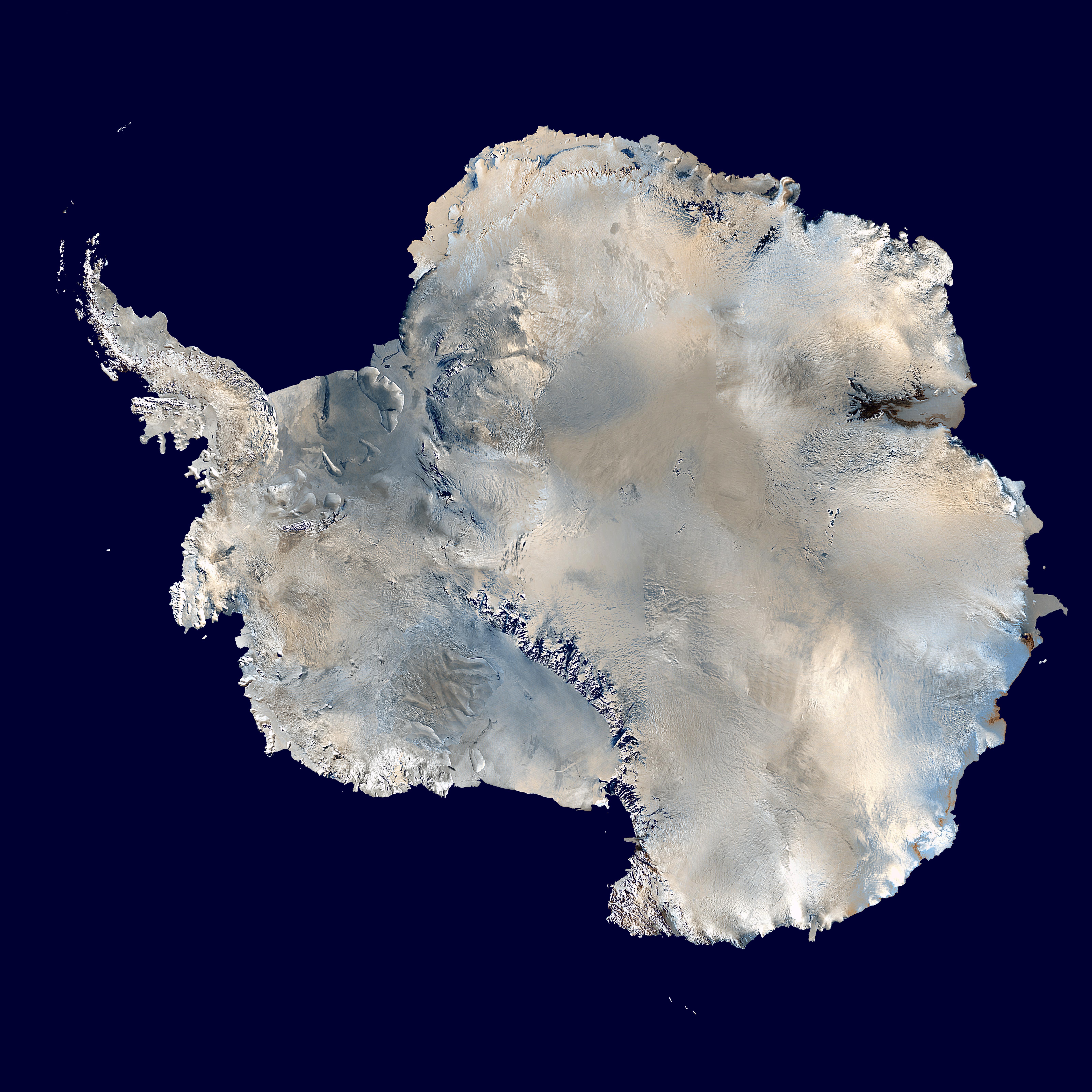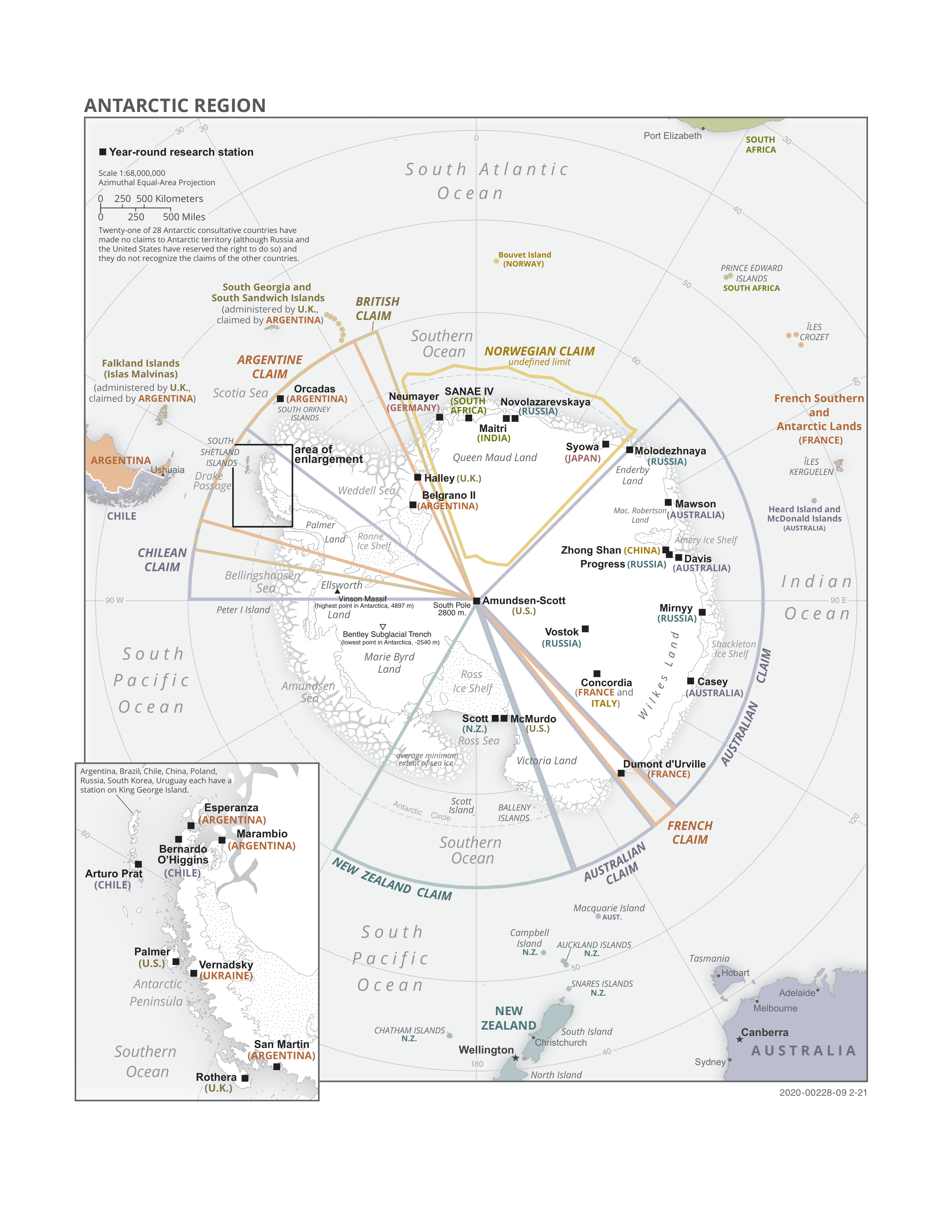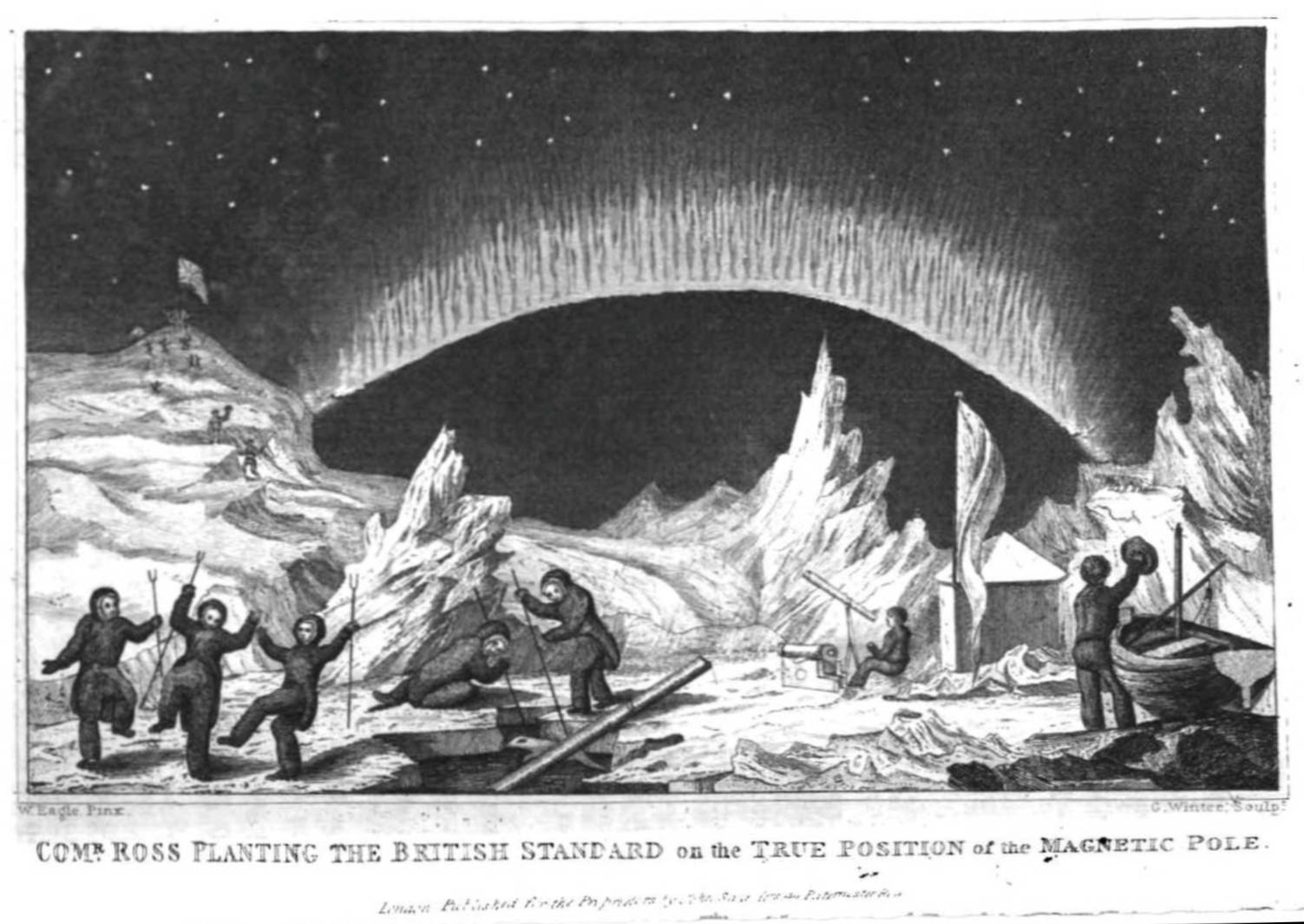|
Corry Island
Corry Island is an island long and high, lying off the south coast of the Trinity Peninsula between Vega Island and Eagle Island. This is believed to be the feature sighted by a British expedition under James Clark Ross, 1839–43, and named Cape Corry for Thomas L. Corry, a Lord Commissioner of the Admiralty. In 1945, the Falkland Islands Dependencies Survey The British Antarctic Survey (BAS) is the United Kingdom's national polar research institute. It has a dual purpose, to conduct polar science, enabling better understanding of global issues, and to provide an active presence in the Antarctic on ... (FIDS) charted an archipelago in this area. The present application of this name is in accord with the FIDS "that the name of Corry should be perpetuated on the most conspicuous of these islands as seen from eastward (the direction from which it was seen by Ross)." See also * List of Antarctic and sub-Antarctic islands References Islands of Trinity Peninsula [...More Info...] [...Related Items...] OR: [Wikipedia] [Google] [Baidu] |
Antarctica
Antarctica () is Earth's southernmost and least-populated continent. Situated almost entirely south of the Antarctic Circle and surrounded by the Southern Ocean, it contains the geographic South Pole. Antarctica is the fifth-largest continent, being about 40% larger than Europe, and has an area of . Most of Antarctica is covered by the Antarctic ice sheet, with an average thickness of . Antarctica is, on average, the coldest, driest, and windiest of the continents, and it has the highest average elevation. It is mainly a polar desert, with annual precipitation of over along the coast and far less inland. About 70% of the world's freshwater reserves are frozen in Antarctica, which, if melted, would raise global sea levels by almost . Antarctica holds the record for the lowest measured temperature on Earth, . The coastal regions can reach temperatures over in summer. Native species of animals include mites, nematodes, penguins, seals and tardigrades. Where ve ... [...More Info...] [...Related Items...] OR: [Wikipedia] [Google] [Baidu] |
Antarctic Treaty System
russian: link=no, Договор об Антарктике es, link=no, Tratado Antártico , name = Antarctic Treaty System , image = Flag of the Antarctic Treaty.svgborder , image_width = 180px , caption = Flag of the Antarctic Treaty System , type = Condominium , date_drafted = , date_signed = December 1, 1959"Antarctic Treaty" in '' The New Encyclopædia Britannica''. Chicago: Encyclopædia Britannica Inc., 15th edn., 1992, Vol. 1, p. 439. , location_signed = Washington, D.C., United States , date_sealed = , date_effective = June 23, 1961 , condition_effective = Ratification of all 12 signatories , date_expiration = , signatories = 12 , parties = 55 , depositor = Federal government of the United States , languages = English, French, Russian, and Spanish , wikisource = Antarctic Treaty The Antarctic Treaty a ... [...More Info...] [...Related Items...] OR: [Wikipedia] [Google] [Baidu] |
Trinity Peninsula
Trinity Peninsula is the northernmost part of the Antarctic Peninsula. It extends northeastward for about 130 km (80 mi) to Cape Dubouzet from an imaginary line connecting Cape Kater on the north-west coast and Cape Longing on the south-east coast. Prime Head is the northernmost point of this peninsula. Some 20 kilometers southeast of Prime Head is Hope Bay with the year-round Argentinian Esperanza Base. History It was first sighted on 30 January 1820 by Edward Bransfield, Master, Royal Navy, immediately after his charting of the newly discovered South Shetland Islands nearby. In the century following the peninsula's discovery, chartmakers used various names (Trinity Land, Palmer Land, and Land of Louis Philippe) for this portion of it, each name having some historical merit. The recommended name derives from "Trinity Land", given by Bransfield during 1820 in likely recognition of the Corporation of Trinity House, Britain's historical maritime pilotage authority, alth ... [...More Info...] [...Related Items...] OR: [Wikipedia] [Google] [Baidu] |
Vega Island
Vega Island is a small island to the northwest of James Ross Island, on the Antarctic Peninsula. It is separated from James Ross Island by Herbert Sound. The island was named by Otto Nordenskjold, leader of the Swedish Antarctic Expedition (1901–04) in honour of the ship making the first voyage through the Northeast Passage, 1878-79. Vega Island is an important site for paleontology. The region is extremely rich in terrestrial and marine fossils which span the boundary of the Cretaceous and Tertiary periods, covering the point in time when dinosaurs became extinct. Fossils found on the island include hadrosaurs, plesiosaurs, and mosasaurs. Geography The island is a rare volcano type called a móberg, or tuya, which was formed by a three-stage eruption sequence below an ice cap. Stage one was a subglacial hyaloclastic eruption, which shattered the lava into glass, ash, and sand which has since weathered to yellow palagonite layers. The second phase was a lava eruption into a ... [...More Info...] [...Related Items...] OR: [Wikipedia] [Google] [Baidu] |
Eagle Island, Antarctica
Eagle Island is one of several islands around the peninsula known as Graham Land, which is closer to South America than any other part of that continent. It is an island in the continent of Antarctica, separated from the Antarctic mainland by the 1.77 km wide Aripleri Passage. It is volcanic in origin, having been K-Ar dated 1.7 ± 0.2 and 2.0 ± 0.2 million years old. It forms part of the James Ross Island Volcanic Group. During the Southern Hemisphere summer of 2019-2020 three melting events occurred on Trinity peninsula, in November 2019, January 2020, and particularly February 6- February 11, 2020, during which 106 millimeters of snow melted, forming melt ponds on Eagle Island. The nine day heatwave in early February 2020 melted about 20% of the island's snow cover. Map Trinity Peninsula.Scale 1:250000 topographic map No. 5697. Institut für Angewandte Geodäsie and British Antarctic Survey, 1996. See also *Physical impacts of climate change *Scree Peak Scree Peak ... [...More Info...] [...Related Items...] OR: [Wikipedia] [Google] [Baidu] |
James Clark Ross
Sir James Clark Ross (15 April 1800 – 3 April 1862) was a British Royal Navy officer and polar explorer known for his explorations of the Arctic, participating in two expeditions led by his uncle Sir John Ross, John Ross, and four led by Sir William Parry, William Edward Parry, and, in particular, for Ross expedition, his own Antarctic expedition from 1839 to 1843. Biography Early life Ross was born in London, the son of George Ross and nephew of Sir John Ross, John Ross, under whom he entered the Royal Navy on 5 April 1812. Ross was an active participant in the Napoleonic Wars, being present at an action where HMS Briseis (1808), HMS ''Briseis'', commanded by his uncle, captured ''Le Petit Poucet'' (a French privateer) on 9 October 1812. Ross then served successively with his uncle on HMS Acteon (1805), HMS ''Actaeon'' and HMS Driver (1840), HMS ''Driver''. Arctic exploration Ross participated in John's unsuccessful first Arctic voyage in search of a Northwest ... [...More Info...] [...Related Items...] OR: [Wikipedia] [Google] [Baidu] |
Thomas L
Thomas may refer to: People * List of people with given name Thomas * Thomas (name) * Thomas (surname) * Saint Thomas (other) * Thomas Aquinas (1225–1274) Italian Dominican friar, philosopher, and Doctor of the Church * Thomas the Apostle * Thomas (bishop of the East Angles) (fl. 640s–650s), medieval Bishop of the East Angles * Thomas (Archdeacon of Barnstaple) (fl. 1203), Archdeacon of Barnstaple * Thomas, Count of Perche (1195–1217), Count of Perche * Thomas (bishop of Finland) (1248), first known Bishop of Finland * Thomas, Earl of Mar (1330–1377), 14th-century Earl, Aberdeen, Scotland Geography Places in the United States * Thomas, Illinois * Thomas, Indiana * Thomas, Oklahoma * Thomas, Oregon * Thomas, South Dakota * Thomas, Virginia * Thomas, Washington * Thomas, West Virginia * Thomas County (other) * Thomas Township (other) Elsewhere * Thomas Glacier (Greenland) Arts, entertainment, and media * ''Thomas'' (Burton n ... [...More Info...] [...Related Items...] OR: [Wikipedia] [Google] [Baidu] |
Lord Commissioner Of The Admiralty
The Board of Admiralty (1628–1964) was established in 1628 when Charles I put the office of Lord High Admiral into commission. As that position was not always occupied, the purpose was to enable management of the day-to-day operational requirements of the Royal Navy; at that point administrative control of the navy was still the responsibility of the Navy Board, established in 1546. This system remained in place until 1832, when the Board of Admiralty became the sole authority charged with both administrative and operational control of the navy when the Navy Board was abolished. The term Admiralty has become synonymous with the command and control of the Royal Navy, partly personified in the Board of Admiralty and in the Admiralty buildings in London from where operations were in large part directed. It existed until 1964 when the office of First Lord of the Admiralty was finally abolished and the functions of the Lords Commissioners were transferred to the new Admiralty Boa ... [...More Info...] [...Related Items...] OR: [Wikipedia] [Google] [Baidu] |
Falkland Islands Dependencies Survey
The British Antarctic Survey (BAS) is the United Kingdom's national polar research institute. It has a dual purpose, to conduct polar science, enabling better understanding of global issues, and to provide an active presence in the Antarctic on behalf of the UK. It is part of the Natural Environment Research Council (NERC). With over 400 staff, BAS takes an active role in Antarctic affairs, operating five research stations, one ship and five aircraft in both polar regions, as well as addressing key global and regional issues. This involves joint research projects with over 40 UK universities and more than 120 national and international collaborations. Having taken shape from activities during World War II, it was known as the Falkland Islands Dependencies Survey until 1962. History Operation Tabarin was a small British expedition in 1943 to establish permanently occupied bases in the Antarctic. It was a joint undertaking by the British Admiralty, Admiralty and the Secretary of ... [...More Info...] [...Related Items...] OR: [Wikipedia] [Google] [Baidu] |




.jpg)